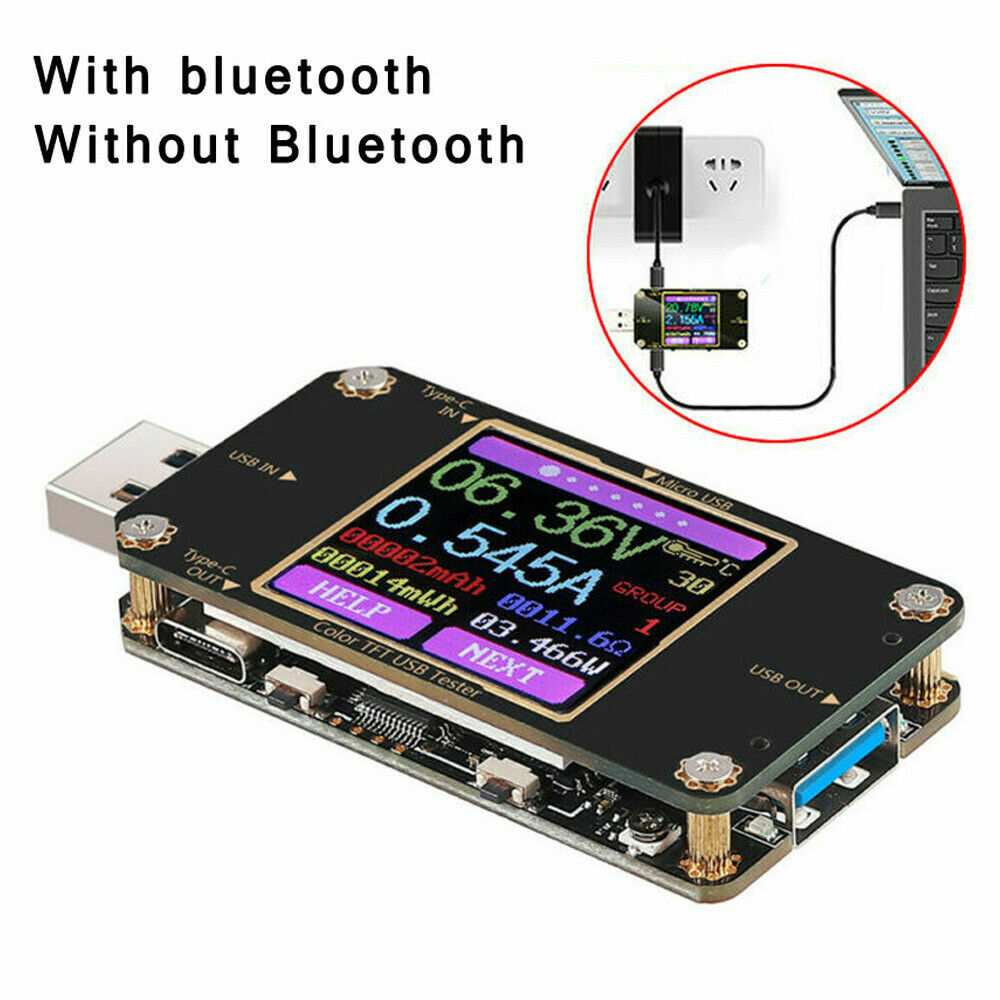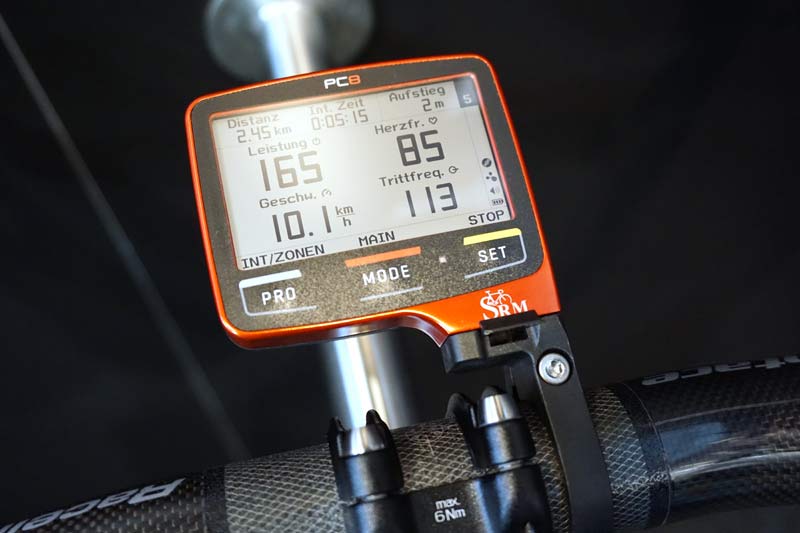Accurate Power Measurement
When it comes to cycling, power measurement is one of the essential aspects of both training and competition. The device used to measure output in watts for cycling is called a power meter, which for the best-in-class performance is typically a Bluetooth power meter . It allows cyclists to get real-time data of the power they are generating to adjust the effort in a way to achieve the best results possible. This aspect correlates greatly with training, as it is a new way to control and measure exercises for cyclists.
The Importance of Power Meters for Training
Power meters dramatically changed the way people practice cycling. The direct feedback on the amount of effort and efficacy in real-time reveals the new possibilities and strategies. As an example, the basic way of conducting training can be an attempt to keep up 250-300 watts for 20 minutes interval. Monitoring whether the specific goal is achievable guarantees that athletes are not over- or under-training, which is a key factor for proper training and recovery.
The Usage of Data for the Race
During the race, one of the primary uses of power meters is to control the amount of energy being spent. As an example, during the time trial, cyclists can attempt to keep up for the whole period of time at a constant 350 watts . In a long race like this, the activity prevents the rider from quickly getting tired by spending too much power in the early phases. That in turn signals a significant drop at the end, lowering the overall ability to finish the race.
Calibration and Maintenance
To maintain accuracy, regular calibration and maintenance are important. Athletes, before a special training session or race can often calibrate the device to make sure to get the most accurate data that depicts the real output. That process is simple – the power meter is connected to a smartphone application that automatically measures and adjusts the values .
Wireless Connectivity
Due to its robust wireless connectivity, high-performance Bluetooth power meters have become a must-have tool for modern cyclists, both in training and competition. This technology makes sure that the power meter communicates without problems with such display devices as smartwatches, bike computers, and smartphones. The advantages of this type of technology in this context include but are not limited to the following aspects.

Seamless data transfer
The Bluetooth technology in the power meters ensures that the data transfer is both immediate and reliable. For example, during a challenging training session, the power meter of a cyclist may record an average output of 280 watts, spiking at 450 watts during sprints. Such readings will be immediately transmitted to their bike computer, and they will be able to make adjustments right there to stay on target .
Compatibility and interoperability
An essential advantage of using Bluetooth in power meters is that it can be used with various devices. In other words, cyclists can connect their power meters to any Bluetooth-enabled device which is advantageous if they use several training platforms or want to transfer data to a different piece of hardware. For example, a cyclist can use the bike computer to track their progress during a morning ride, but upload all the collected data to their smartphone later in the day to compile a detailed report on the workout.
Real-time feedback to improve training
As far as telemetry is available to cyclists and immediately shows the current wattage output, it is possible to adjust power and speed on the fly, which can greatly enhance the effectiveness of training programs. For example, while climbing a hill, a cyclist who wants to improve their endurance may try to keep a steady 300 watts rate for the entire ascent, decreasing their efforts if the bikes’ computer shows a rate above that and increasing it if it is below.
Minimal latency
The fact that Bluetooth power meters have minimal latency is highly beneficial for cyclists. It is especially crucial in sprinting and time trials, during which riders have to make quick decisions to adjust their performance to the detected data. For instance, cyclists have to make final sprint attacks in the last few hundred meters or even fewer if their immediate opponents make their move.
Compatibility and Integration
The highlight of high-performance Bluetooth power meters will be both their performance in power measurement and their compatibility with a wide range of cycling equipment and training software. Each cyclist needs an ecosystem of interconnected devices and applications that functionally complements and supports all aspects of performance monitoring.
Broad Device Compatibility
Bluetooth power meters were designed to be paired with a large number of devices, ranging from simple bike computers to complex smartwatch models and smartphones. For example, a cyclist uses a Garmin Edge bike computer with support for connecting several Bluetooth sensors at once . As a result, the user pairs a heart rate monitor and a power meter with the computer and starts a training unit with a total length of 12 kilometers in the morning. At the beginning of the workout, the device shows an average power output of 200 watts and a heart rate of 150 bpm .
Integration with Training Apps
In addition to different devices, Bluetooth power meters are compatible with numerous training applications and complex ride analysis, such as Zwift, TrainerRoad, Strava, etc. When the ride is over, and the cyclist is now at home at their computer, the software will automatically download and analyze the data. At a particular point in the race, the user had a 600-watt output pulse, and now the Athlete can also compare this data with Thursday’s training test output.
Ease of Setup and Use
The ease of use of the Bluetooth power meter is the simple pairing process necessary to connect it to various displays and tracking devices. After that, the PM will automatically connect to the paired devices each time you turn on the power. This method will greatly simplify the entire process of checking all the equipment directly before the race.
Firmware Updates and Improvements
The manufacturers of the update and improve the firmware for their Bluetooth power meters. Advances and updates include the installation of a new wireless firmware update using the application. The improvements affect the better performance of Bluetooth sensors, as well as battery life indicators. Most often, manufacturers add new functions and parameters to the device, which turns data, the availability of which a month ago cyclists could not even dream of having. For example, the latest firmware updates might make it possible to use more detailed power distribution graphs and examine the frequency of pedaling in different power zones to refine pedal smoothness.
Durability and Weather Resistance
High-performance Bluetooth power meters are designed to persevere through the grueling conditions of training and competition in all kinds of weather. Implementing high-quality materials and broad weather resistance, such as IPX7 waterproof rate and 0°-50° C operating range, a cyclist can depend on their power meter while sprinting under the scorching sun or climbing through a torrential downpour.
Ultimate Build Quality
It is vital that all models are made from sturdy and durable materials, such as stainless steel and hardened plastic that are resilient to the elements. For example, there is likely to be mud, sand, water, or all of the above in the cross condition, potentially damaging a device. A reputable brand will publicly discuss whether the model earned a certification and which IP rating it possesses. The commonly used example of high-durability devices is an IPX7 standard, which implies that a device must be impenetrable to water when submerged up to 1 meter for 20-30 minutes.
Temperature Durability
It is critical that a power meter will operate effectively in a range of formats because it can be cold in northern Europe or unbearably hot in an Arizona summer. For most users, the approximate -10°-50° C are the ideal range that can cover extreme conditions in which a device will not work as a result of the weather, providing consistent performance. With broad conciseness, it is recommended for the rare few considering differential outcomes or measuring specific data to consult the manufacturer’s suggestion.
Shock and Vibration Tolerance
Lastly, it is crucially important to note power meters grow more and more ubiquitous among mountain and gravel riders, meaning the conditions of cyclocross need to be met, as well. Such events are known for constant shocks and vibrations, which may interfere with the performance of the device. Higher quality power meters are likely to have not any internal or external vulnerabilities to shocks: in such an example as bicycles in rocky terrains in rocky mountain race, power meter should still maintain 1% accuracy.
Battery Life and Charging
Battery life and charging capabilities play a key role in the overall performance of high-quality Bluetooth power meters. Modern devices are designed with increased battery life since they should allow users to rely on them when they need to complete long training sessions or vital races without fearing power supplies will be cut. More powerful batteries and efficient charging solutions are critical because that is the only way to avoid worrying and focus on performance.
Modern Bluetooth Power Meters Feature Extended Battery Life
High-performance power meters are no longer designed with with days-long lifetime since leading products should help users complete long rides and trips. With batteries lasting 100 to 400 hours, such products meet the needs of endurance cyclists who participate in long-distance races such as RAAM where they may ride for up to several days before taking a break . Indeed, being on the road for consecutive days requires a minimum of charging, and the lifetime between charges is sufficient to focus on the most important thing — performing at the highest level.

Efficient Charging Solutions
With busy training schedules generating enormous amounts of bike use, most high-performance power meters are designed with quick-charging capabilities. Currently available solutions may enable a full charge completed in approximately 2 to 4 hours, resulting in the capability to support several weeks of use with need for charging. Furthermore, to save the battery life, users can benefit from power-saving modes and an automatic bike sleep function to make sure that the need to charge occurs as rarely as possible.
Battery Health
In addition, in some cases, the devices can send notifications when the battery requires replacement. These features help cyclists rely on their devices because they can be sure that the power meter provides accurate data and can be used as long as required.
User-Friendly Software and Apps
User-friendly software and applications complement high-performance Bluetooth power meters by simplifying the device’s setup, customization, and data analysis. This technology is made easy for all cyclists, from amateurs to professionals, using simple user interfaces and well-organized features that anyone can navigate.
Intuitive Setup
Setting up a Bluetooth power meter is simple with the help of the tools’ mobile apps . That is, when a cyclist purchases a device, they can download the corresponding app, turn on their new equipment, and follow the instructions. During this first-time setup, the app guides the user through the calibration of the new power meter through an intuitive step-by-step procedure that takes them less than five minutes . As a result, every cyclist can start using their new device almost immediately and switch to a more comfortable setup interface with advanced features when they feel ready.
Customizable Displays
The software associated with these power meters often provides cyclists with the option to customize their sets of data display, indicating whichever metrics they would like to see during their rides . This feature can be particularly useful when a cyclist has a specific intensity goal in mind and aims to keep within a certain power zone throughout their training. In this case, they can create a data display set to only see their current power and hear rate measurements, remaining within the pre-selected aims and not getting distracted by other data.
Detailed Analysis
After the ride, the software may also send the data collected by the power meter to an affiliated application such as Strava or TrainingPeaks for analysis . These online platforms provide analyses of every aspect of a user’s ride and their overall performance. For example, a cyclist can evaluate their power–time curve on a long climb where they maintained 300 watts for 10 minutes, comparing it to their previous data to see how they have improved over time. Many of the applications used for these data analyses also provide real-time use functionalities, giving the cyclist feedback while they can upload data and adjust their settings using their smartphones.




